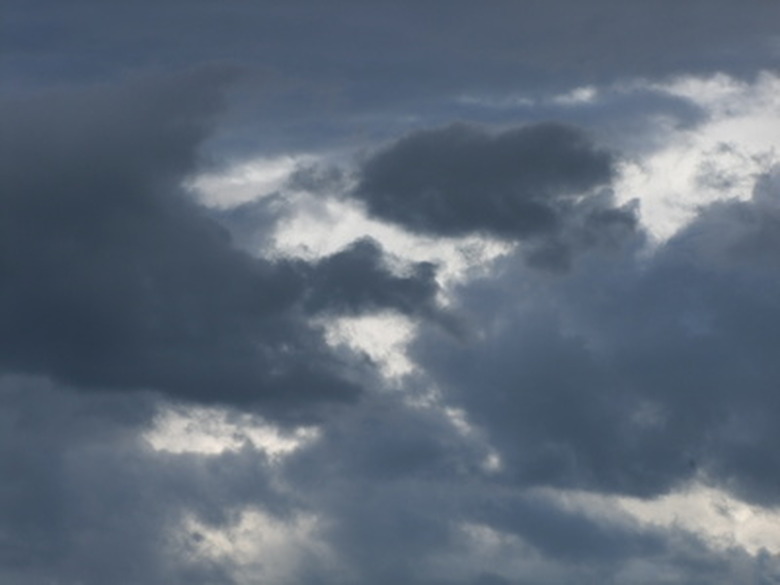Characteristics Of Typhoons
A typhoon refers to a strong tropical cyclone in a particular region. The same storm may be considered a typhoon in one region of the ocean and a hurricane in another region. Typhoons can cause serious damage to unsuspecting travelers or homeowners, so it is important to understand the characteristics of these storms.
Typhoon Storm Scale
Typhoon Storm Scale
A typhoon refers to a tropical cyclone that takes place in the northwest Pacific Ocean, west of the international date line. A tropical cyclone is defined as a non-frontal synoptic scale low pressure system that occurs over either tropical or sub-tropical waters. This scale occurs either with organized convection or with definite cyclonic types of wind circulation.
The date line is on the 180 degrees line of longitude in the middle of the Pacific Ocean. Almost 90 percent of typhoons originate from the Federated States of Micronesia or Chuuk part of the Pacific Ocean. When a storm travels east in the Pacific Ocean past the date line, it is reclassified as a typhoon.
Typhoon Season
Typhoon Season
The typhoon season is not limited to certain months, as the hurricane season usually is. A typhoon may occur during any month of the calendar year, although the storms tend to peak between May and November. However, the typhoons that originate in the Federated States or Chuuk part of the Pacific tend to peak between August and October. This peak season correlates with the Atlantic hurricane season.
Typhoon Paths
Typhoon Paths
You can analyze typhoons by the different directions they travel. A typhoon usually follows three different directions: straight, recurving and northward. A straight path is defined as a westward path; the storm will head toward the Philippines, the south of China, Taiwan and Vietnam. A storm that follows a recurving path will head towards the east of China, Taiwan, Korea and Japan. A northward path occurs when the storm simply heads north of its point of origin. This will affect small islands throughout the Pacific Ocean.
Cite This Article
MLA
Writing, Alexis. "Characteristics Of Typhoons" sciencing.com, https://www.sciencing.com/characteristics-typhoons-6305288/. 24 April 2017.
APA
Writing, Alexis. (2017, April 24). Characteristics Of Typhoons. sciencing.com. Retrieved from https://www.sciencing.com/characteristics-typhoons-6305288/
Chicago
Writing, Alexis. Characteristics Of Typhoons last modified March 24, 2022. https://www.sciencing.com/characteristics-typhoons-6305288/
